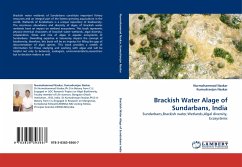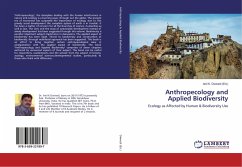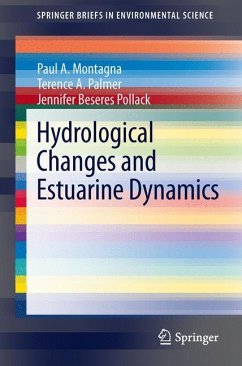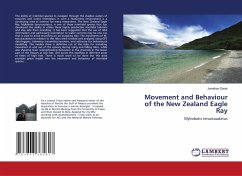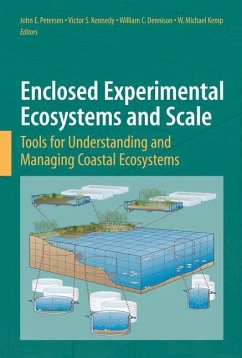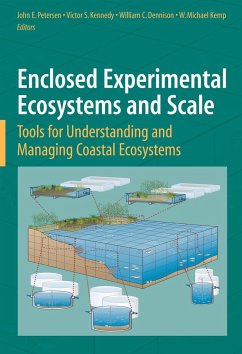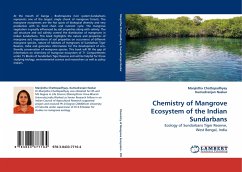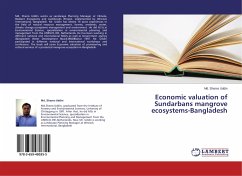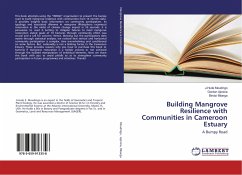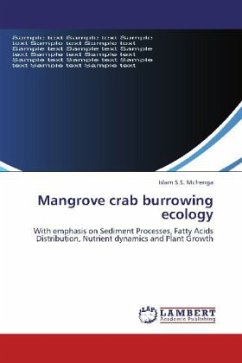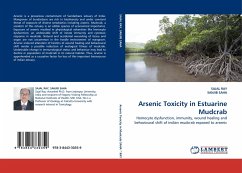
Arsenic Toxicity in Estuarine Mudcrab
Hemocyte dysfunction, immunity, wound healing and behavioural shift of indian mudcrab exposed to arsenic
Versandkostenfrei!
Versandfertig in 6-10 Tagen
45,99 €
inkl. MwSt.

PAYBACK Punkte
23 °P sammeln!
Arsenic is a precarious contaminant of Sundarbans estuary of India. Mangroves of Sundarbans are rich in biodiversity and under constant threat of exposure of diverse xenobiotics including arsenic. Mudcrab, a resident of this estuary is an edible species of economical importance. Exposure of arsenic resulted in physiological adversities like hemocyte dysfunction; an undesirable shift of innate immunity and cytotoxic response in mudcrab. Natural and accidental wounding of tissue and organ are not uncommon in the hostile environment of mangrove. Arsenic induced alteration of kinetics of wound hea...
Arsenic is a precarious contaminant of Sundarbans estuary of India. Mangroves of Sundarbans are rich in biodiversity and under constant threat of exposure of diverse xenobiotics including arsenic. Mudcrab, a resident of this estuary is an edible species of economical importance. Exposure of arsenic resulted in physiological adversities like hemocyte dysfunction; an undesirable shift of innate immunity and cytotoxic response in mudcrab. Natural and accidental wounding of tissue and organ are not uncommon in the hostile environment of mangrove. Arsenic induced alteration of kinetics of wound healing and behavioural shift render a possible reduction of ecological fitness of mudcrab. Undesirable change in immunological status and behaviour may lead to decline in population of mudcrab in its natural habitat. Thus, arsenic is apprehended as a causative factor for loss of this important bioresource of indian estuary.



